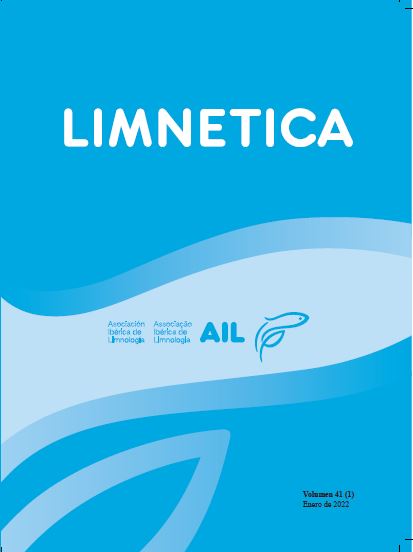Carbon dioxide emission from drawdown areas of a Mediterranean reservoir
Abstract
Sediment beds from drawdown areas of reservoirs constitute a relevant hotspot for carbon dioxide (CO2) emission to the atmosphere. This CO2 source is especially relevant in the case of Mediterranean reservoirs, where hydrological variability favors the exposure of large sediment areas to air. In spite of this, the role of dry sediments as CO2 emitters has been typically neglected in lakes and reservoirs greenhouse gas emission assessments, and there is also a lack of research on the spatial variability of CO2 fluxes from drawdown sediments. In this study we contribute to this knowledge by combining drone-based aero-photogrammetry techniques with in situ infrarred gas analyzer measurements to assess the magnitude and spatial variability of CO2 fluxes from the drawdown area of a Mediterranean reservoir (El Gergal, Southwestern Spain) during one dry season. Our results show that during survey dry sediments in El Gergal were a relevant net CO2 source to the atmosphere, with a mean emission of 0.36 ± 0.38 g CO2 m-2 h-1. In addition, CO2 fluxes from El Gergal drawdown depict a marked spatial variability, with maximum values measured in areas influenced by river or intermittent streams discharges. Distance to the shore, sediment particle size, pH and temperature also have a significant effect on CO2 emissions from the reservoir dry banks. The expected strengthening of droughts intensity and frequency in the Mediterranean region could enhance the role of exposed sediments from the drawdown of reservoirs as CO2 source to the atmosphere.
Downloads
Published
Issue
Section
License
Authors publishing in the journal agree to the following terms
Limnetica is licensed under a Creative Commons Attribution-NonCommercial 4.0 International License.


